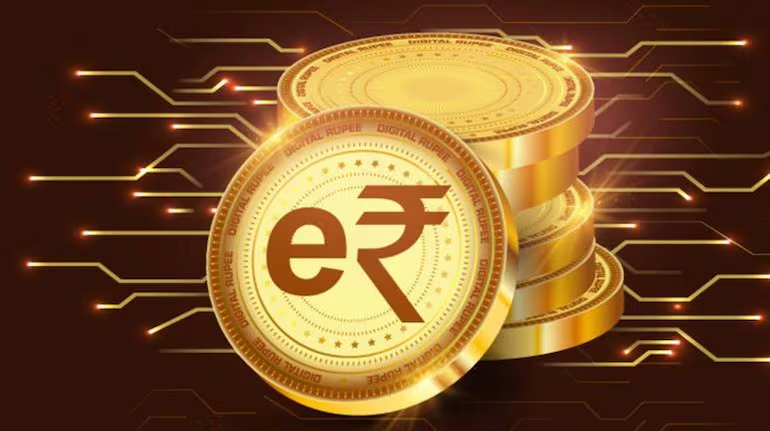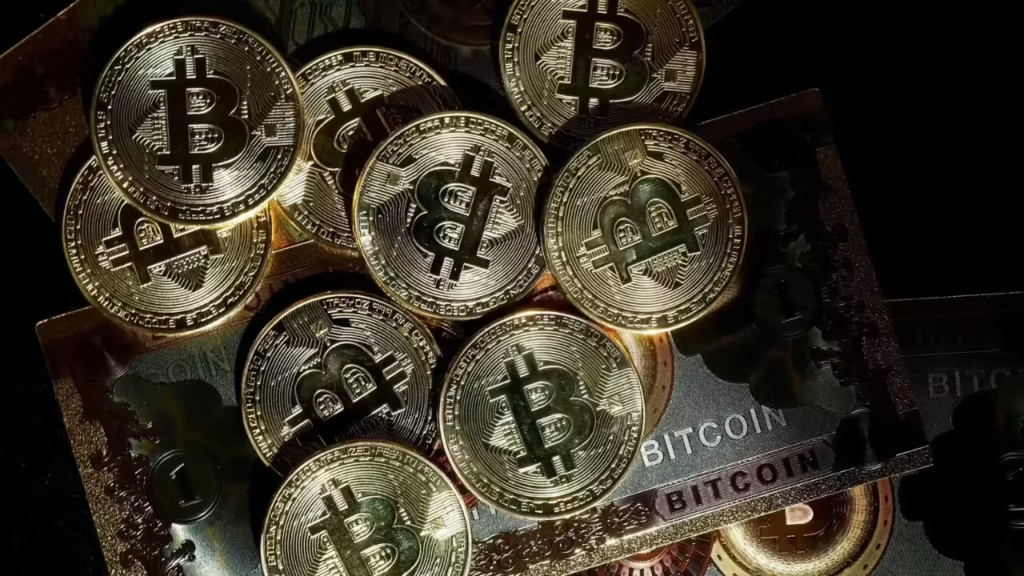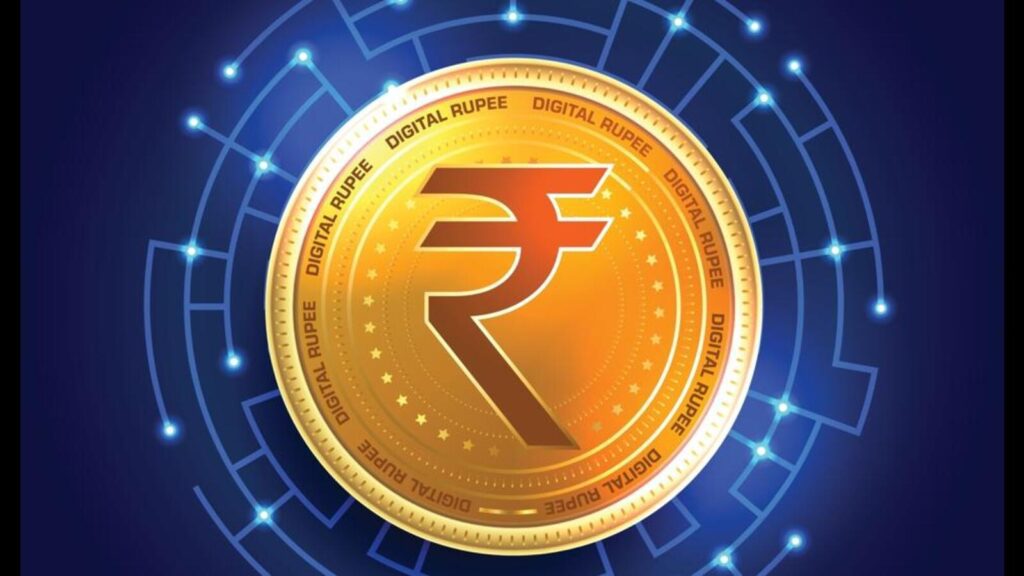Now Reading: India’s Digital Rupee and Its Ripple Effect on Private Cryptocurrencies
-
01
India’s Digital Rupee and Its Ripple Effect on Private Cryptocurrencies
India’s Digital Rupee and Its Ripple Effect on Private Cryptocurrencies

India’s journey toward a digital rupee, or Central Bank Digital Currency (CBDC), is slowly reshaping how the country thinks about money. The Reserve Bank of India has been testing the e₹ across select banks and regions, aiming to create a safer, faster, and fully regulated digital payment option. But as this experiment grows, one big question keeps coming up — what does it mean for private cryptocurrencies already in circulation?
The idea behind the digital rupee is simple but powerful. It’s not a new currency; it’s the same Indian rupee in digital form, issued directly by the central bank. This means it carries government backing and is just as legal as cash. The difference lies in how it moves — instantly, with traceable transactions and no dependence on intermediaries like private wallets or crypto exchanges. For users, this could mean faster payments and fewer transaction costs.
For the RBI, the motivation goes beyond convenience. The digital rupee gives regulators better visibility into money flow, helping curb issues like tax evasion, money laundering, and illegal cross-border transfers. It also strengthens the country’s control over monetary policy, something that’s difficult with decentralised cryptocurrencies like Bitcoin or Ethereum.
However, this controlled digital system naturally creates tension with private crypto assets. The RBI has been cautious — even skeptical — of private cryptocurrencies, often flagging their volatility and risks to financial stability. As the digital rupee gains ground, it could indirectly reduce the appeal of unregulated crypto, especially among users who simply want digital payment ease rather than speculative trading.
For crypto investors, this shift could be a mixed experience. On one hand, India’s push for digital currency signals a willingness to innovate. On the other, stricter scrutiny and formal digital alternatives might slow private crypto adoption. Many experts believe both can coexist — the CBDC for official transactions and private crypto for global investment and innovation.
Tier-2 and Tier-3 cities could play a key role in this balance. With growing smartphone use and interest in digital finance, smaller city users might embrace the e₹ for daily use while keeping an eye on crypto as an investment opportunity. This dual approach could make digital finance more inclusive across urban and semi-urban India.
In the bigger picture, the digital rupee is not a rival to crypto but a reflection of how technology is transforming currency itself. It offers a regulated path toward digital money while leaving space for innovation in the private crypto world. The real test will be whether India can build a system where both can thrive — securely, transparently, and in the public’s best interest.

























